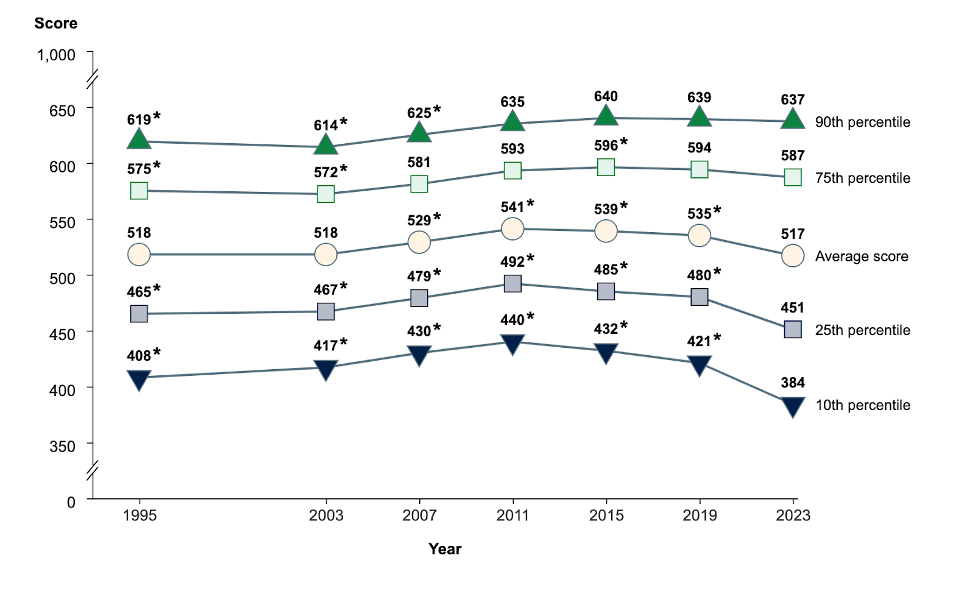Navigating Environments and Situations that Worsen ADHD Symptoms requires a nuanced approach, acknowledging the impact of high-stimulus...

Navigating Environments and Situations that Worsen ADHD Symptoms requires a nuanced approach, acknowledging the impact of high-stimulus surroundings, cluttered spaces, procrastination, time pressure, challenging social interactions, monotonous tasks, a lack of routine, and digital distractions. Identifying and understanding these triggers empower individuals with ADHD to implement tailored strategies, fostering a more conducive environment for enhanced focus and well-being.
Introduction:
Living with Attention-Deficit/Hyperactivity Disorder (ADHD) comes with its unique set of challenges. One aspect that individuals with ADHD often grapple with is the sensitivity to specific environments and situations that can exacerbate their symptoms. In this blog post, we delve into the various triggers that might intensify ADHD symptoms and explore strategies to navigate them effectively.
Individuals with ADHD often find themselves navigating a complex interplay of environments and situations that can significantly worsen their symptoms. High-stimulus environments, characterized by excessive noise and visual distractions, tend to overwhelm the heightened sensitivity that often accompanies ADHD. Cluttered and disorganized spaces further exacerbate challenges by creating additional distractions, hindering focus and productivity. Procrastination and time pressure introduce a different set of hurdles, intensifying the difficulties individuals with ADHD face in meeting deadlines and managing their time effectively. Social situations, particularly those requiring sustained attention, can be draining, contributing to increased restlessness and difficulty concentrating. Monotonous tasks may trigger boredom and restlessness, while a lack of routine disrupts the stability crucial for symptom management. Digital distractions in our technologically driven world pose yet another layer of challenge, with constant stimuli contributing to difficulties in maintaining focus. Recognizing these specific environments and situations is the first step towards implementing targeted strategies and fostering a supportive framework for individuals managing ADHD.
High-Stimulus Environments:
One of the primary triggers for individuals with ADHD is environments with excessive stimuli. Busy offices, crowded spaces, or places with loud noises can overwhelm the senses and make it challenging to concentrate. Strategies to cope with high-stimulus environments include noise-canceling headphones, creating designated quiet spaces, and scheduling breaks to recharge.
Disorganization and Clutter:
A cluttered and disorganized environment can significantly impact individuals with ADHD. Distractions abound, making it difficult to focus on tasks. Adopting organizational tools, such as planners, calendars, and storage solutions, can help create a more structured and manageable space.
Procrastination and Time Pressure:
Procrastination often goes hand in hand with ADHD, and situations that involve tight deadlines or time pressure can exacerbate symptoms. Implementing time-management techniques, breaking tasks into smaller, more manageable steps, and setting realistic deadlines can alleviate the stress associated with time constraints.
Social Situations:
Social interactions can be both stimulating and challenging for individuals with ADHD. Large gatherings or situations requiring sustained attention can be draining. Developing social strategies, such as taking breaks, setting boundaries, and practicing mindfulness, can help manage symptoms in social settings.
Monotonous Tasks:
Repetitive and monotonous tasks can lead to boredom and increased restlessness in individuals with ADHD. Breaking tasks into smaller, more engaging segments and incorporating brief physical activities can help maintain focus and prevent the onset of symptoms.
Lack of Routine:
Establishing routines can be crucial for managing ADHD symptoms. Disruptions to daily routines, such as changes in sleep patterns or meal times, can contribute to increased difficulties in concentration. Creating and adhering to a consistent daily schedule can provide a sense of stability and predictability.
Digital Distractions:
In the age of technology, digital distractions pose a significant challenge for individuals with ADHD. Implementing digital detox strategies, setting specific times for work and leisure on electronic devices, and using apps designed to enhance focus can be helpful in mitigating symptoms exacerbated by screen time.
Conclusion: Understanding and identifying specific environments and situations that exacerbate ADHD symptoms is a crucial step toward effective symptom management. By implementing targeted strategies and adopting a proactive approach, individuals with ADHD can navigate these challenges and lead more fulfilling and productive lives. Remember, everyone's experience with ADHD is unique, so it's essential to experiment with different coping mechanisms to find what works best for each individual.














